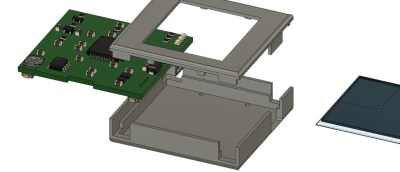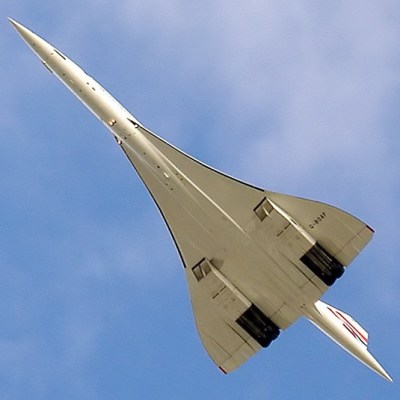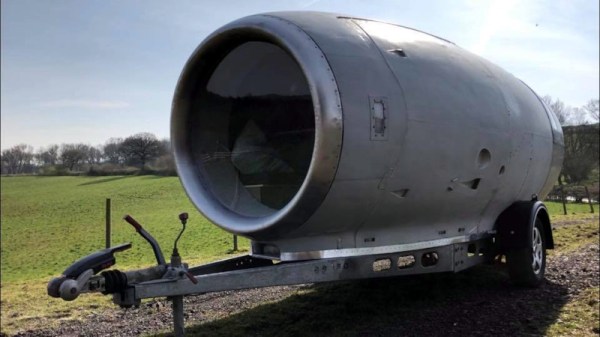A typical bicycle computer from the store rack will show your speed, trip distance, odometer, and maybe the time. We can derive all this data from a magnet sensor and a clock, but we live in a world with all kinds of sensors at our disposal. [Matias N.] has the drive to put some of them into a tidy yet competent bike computer that has a compass, temperature, and barometric pressure.
 The brains are an STM32L476 low-power controller, and there is a Sharp Memory LCD display as it is a nice compromise between fast refresh rate and low power. E-paper would be a nice choice for outdoor readability (and obviously low power as well) but nothing worse than a laggy speedometer or compass.
The brains are an STM32L476 low-power controller, and there is a Sharp Memory LCD display as it is a nice compromise between fast refresh rate and low power. E-paper would be a nice choice for outdoor readability (and obviously low power as well) but nothing worse than a laggy speedometer or compass.
In a show of self-restraint, he didn’t try to replace his mobile phone, so there is no GPS, WiFi, or streaming music. Unlike his trusty phone, you measure the battery life in weeks, plural. He implemented EEPROM memory for persistent data through power cycles, and the water-resistant board includes a battery charging circuit for easy topping off between rides.
When you toss the power of a mobile phone at a bike computer, someone will unveil the Android or you can measure a different kind of power from your pedals.
Continue reading “Bike Computer Powers On Long After Your Legs Give Out”









 On the face of it a jet engine nacelle should be an easy shell for such a project, but such a simplified view perhaps doesn’t account for the many vents, pipes, and hatches required by the engine in flight. Turning it into a waterproof housing for a camper was a significant job, which he has managed to do while leaving one set of engine access doors available as a large opening for a room with a view.
On the face of it a jet engine nacelle should be an easy shell for such a project, but such a simplified view perhaps doesn’t account for the many vents, pipes, and hatches required by the engine in flight. Turning it into a waterproof housing for a camper was a significant job, which he has managed to do while leaving one set of engine access doors available as a large opening for a room with a view.








